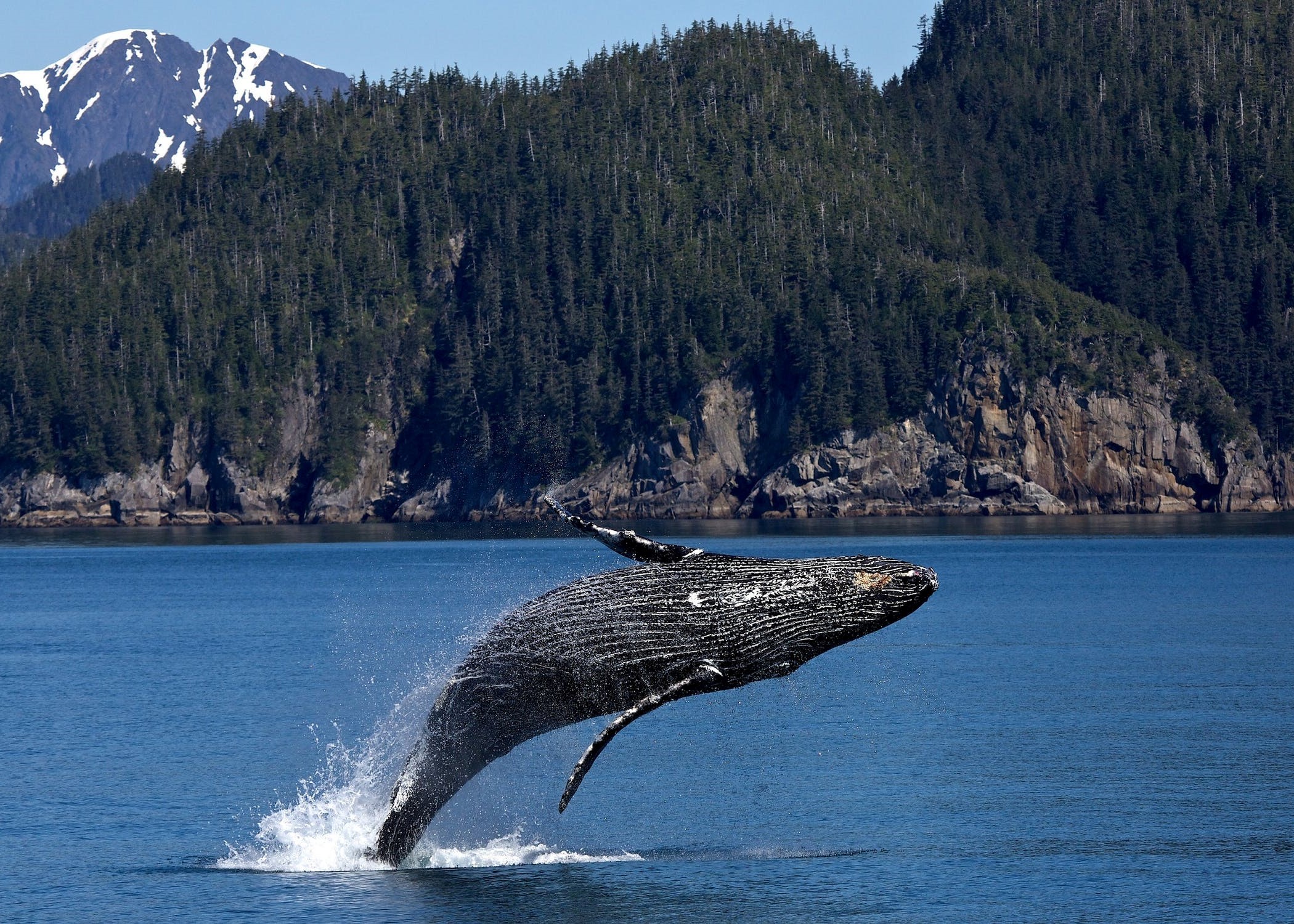There has been no shortage of bad environmental news lately – from record-breaking wildfires, to devastating political regimes, an escalating climate crisis, and of course a global pandemic that has swept the globe – it’s hard to stay positive at the end of a year like this. But there were some conservation successes on every continent, and it is important to seek out the good news everywhere we can, to give us hope for the future and remind us that there is still so much worth fighting for.
Asia
The Union Environment Minister of India released a report showing that tiger populations are recovering, with India now home to 70% of the global population. The report, which was released on the eve of Global Tiger Day (July 29), recognizes tigers as a keystone species as well as the importance of habitat corridors and landscape conservation for ongoing protection. Even better, India is committed to working with other countries to assist with tiger management and conservation.
Africa
Earlier this year, more than 300 elephants died as a result of toxins created by cyanobacteria found in watering holes in Botswana and Zimbabwe (The Guardian). But in Kenya’s Amboseli National Park, NPR reported an elephant “baby boom”. The country’s ongoing efforts to combat poaching have contributed to rebounding elephant populations, with close to 200 calves born this year. Looking to the future, preventing habitat loss due to climate change and land conversion will be critical to sustaining these numbers.
Australia
In a report by the World Wildlife Fund, the Australian wildfires of 2019-20 were declared one of the “worst wildlife disasters in modern history”, with nearly three billion animals killed or displaced. The reintroduction of greater bilbies, an Australian marsupial weighing in at just a couple of kilograms, may seem like a small achievement, but it is still noteworthy. Greater bilbies hadn’t been seen in New South Wales National Parks in over 100 years (ABC News), and the Australian Wildlife Conservancy predicts that within a decade an estimated 5,000 bilbies will be protected.
Antarctica
According to a study by British Antarctic Survey, humpback whales around the sub-Antarctic island of South Georgia have made a strong recovery since the ban on commercial whaling. Over the course of three expeditions, researchers estimated that over 20,000 humpback whales now seasonally feed in these waters (British Antarctic Survey). This has global significance, since when whales die naturally they trap and sequester carbon deep beneath the ocean (Pershing et al.).
Europe
According to the 2020 update of the IUCN Red List of Threatened Species, the European bison has taken a step back from extinction. The bison, Europe’s largest land mammal, has moved from Vulnerable to Near Threatened after being reintroduced to the wild in the 1950s. Unfortunately, the Red List update was also full of bad news, with 31 species reclassified as Extinct. These classifications are critical when used by governments as a tool for changing global policy.
North America
Canada has seen the recovery of the Vancouver Island marmot, one of only five endemic species to the country (Canada’s National Observer). According to studies conducted by the Vancouver Island Marmot Recovery Foundation, wild marmot populations have increased from fewer than 30 individuals in 2004 to approximately 200 today. Through the ongoing efforts of researchers, who lead a captive breeding and release program in partnership with several zoos, the marmot has a good chance of recovery.
South America
In Argentina’s Iberá National Park, a pair of red-and-green macaws produced the first wild-born macaw hatchlings in the country in more than a century, thanks to the work of the Argentina Rewilding Foundation (La Prensa Latina). Globally, the red-and-green macaw is listed as Least Concern, and the conservation efforts of the Foundation in collaboration with authorities, zoos, and animal rescue centers have given the macaw a chance at a comeback in Argentina.
None of these species are out of the woods yet. There is still much more work to be done, but around the world there are reasons to celebrate as we head into 2021. No matter how big or small, we need to bring this positive momentum forward into the new year. It’s important to remember the urgency and significance of keeping our world diverse and wild.




